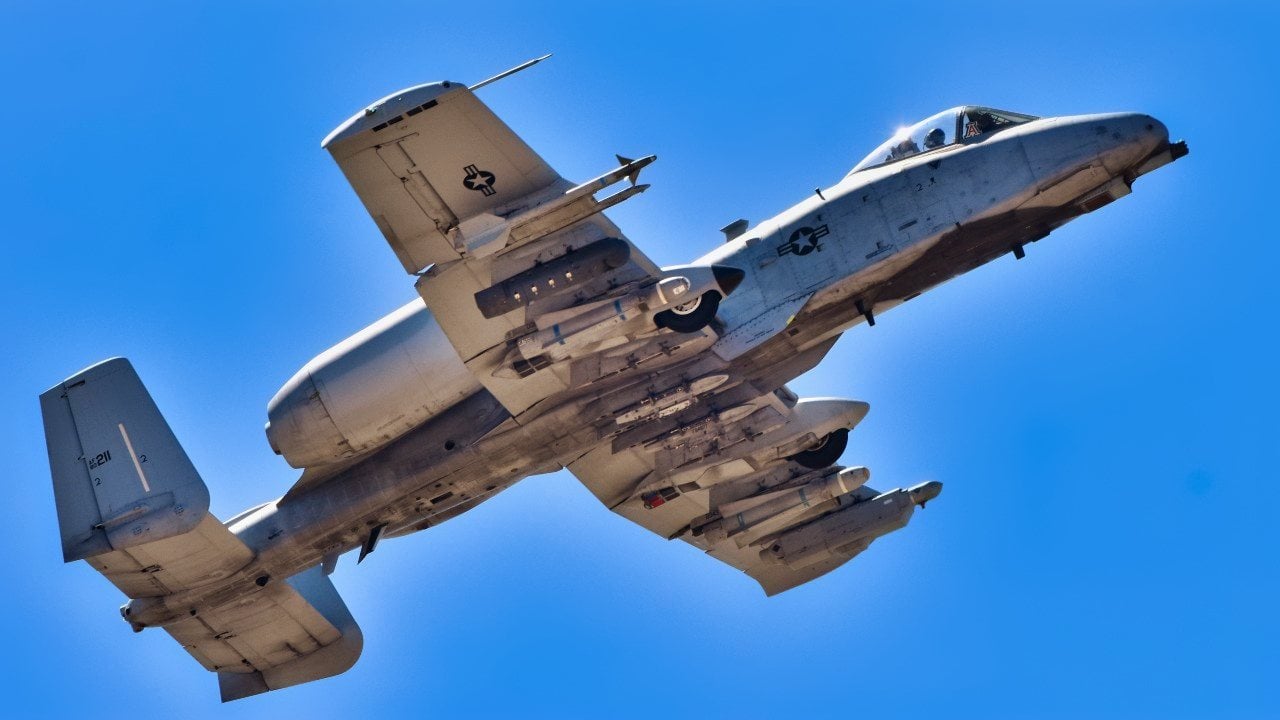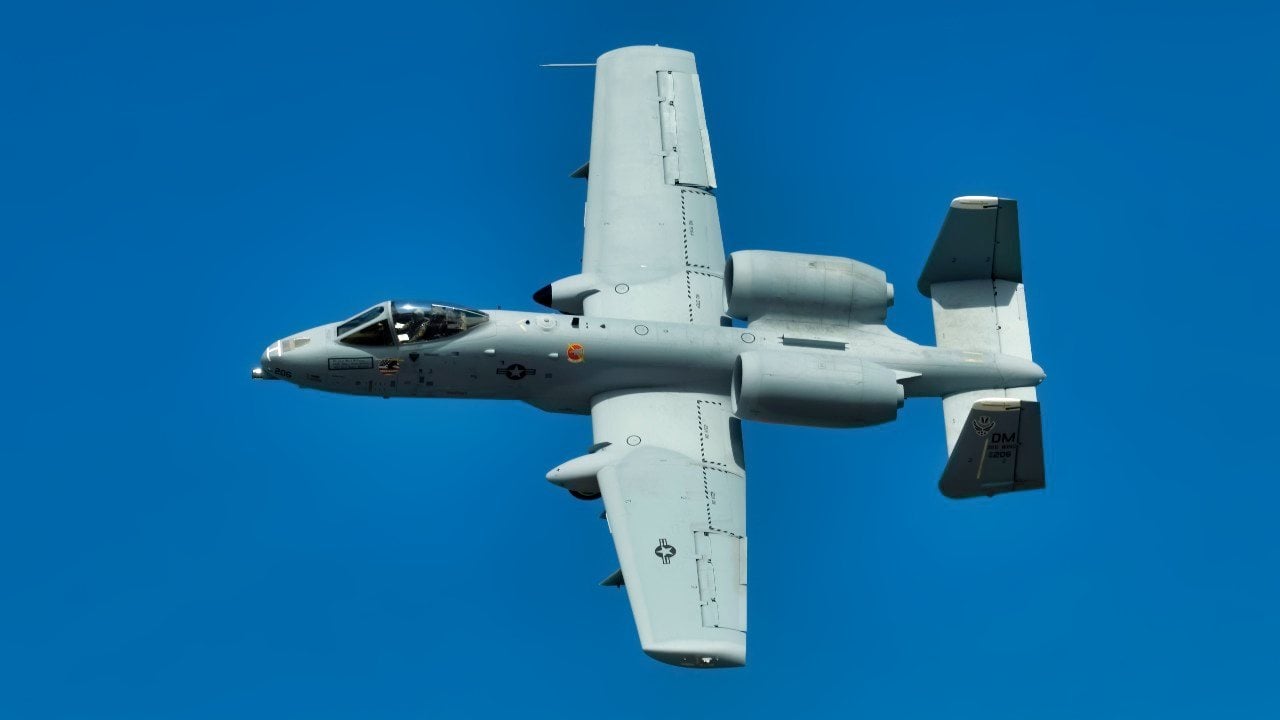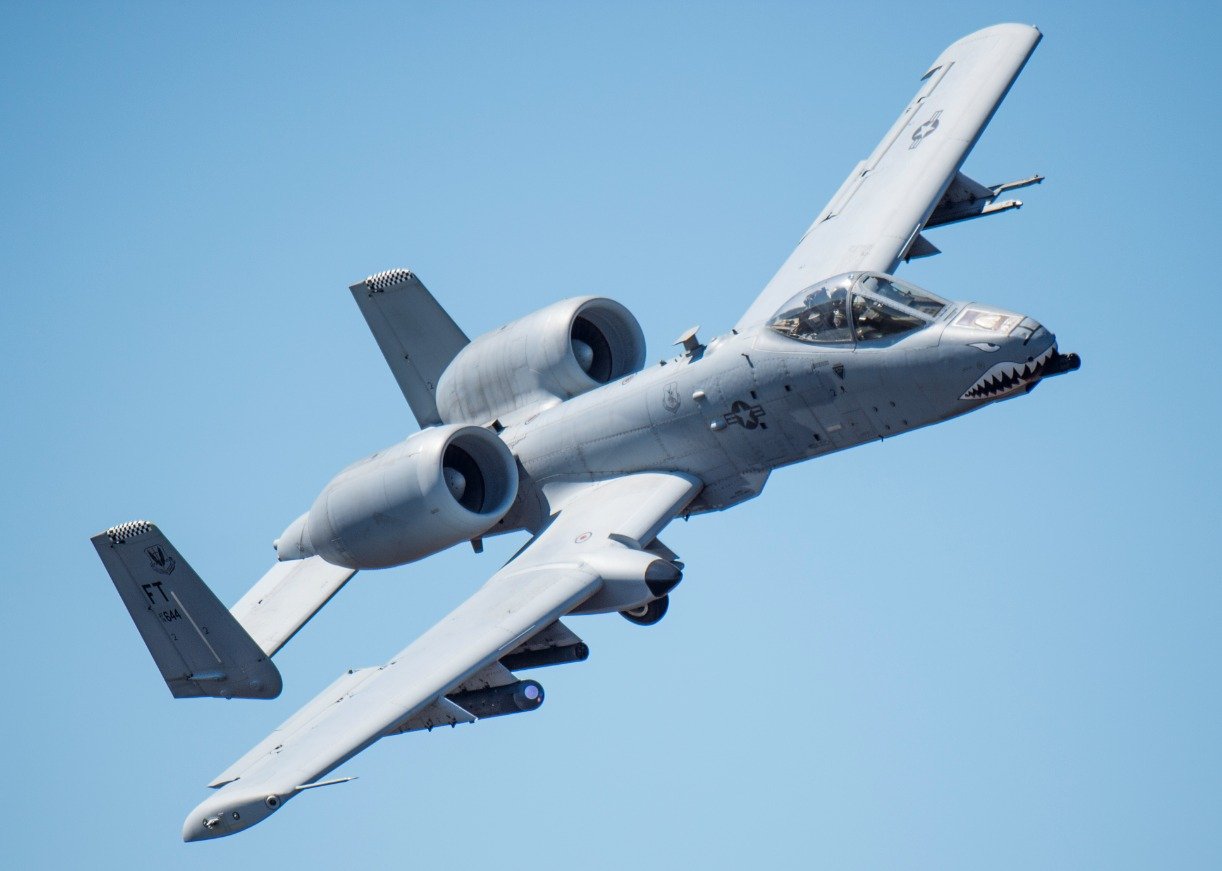The A-10 Thunderbolt II Now Has a Real 'End Date'
The U.S. Air Force plans to retire the A-10 Thunderbolt II by Fiscal Year 2028, as its role in counterinsurgency efforts has diminished with fewer U.S. ground forces deployed abroad.
Summary and Key Points: The U.S. Air Force plans to retire the A-10 Thunderbolt II by Fiscal Year 2028, as its role in counterinsurgency efforts has diminished with fewer U.S. ground forces deployed abroad.

-While the Air Force no longer sees the A-10 as essential, other nations might find value in the platform.
-However, Secretary Frank Kendall noted that sustaining the aging aircraft could be challenging. Countries like Romania or Poland could be interested in acquiring the A-10, especially given their proximity to Russia and the delay in receiving advanced F-35 Lightning II aircraft.
End of an Era: The U.S. Air Force to Retire the Iconic A-10 Thunderbolt II by 2028
The U.S. Air Force will soon retire the A-10 Thunderbolt II aircraft. According to the service, this legendary platform will begin to be phased out by Fiscal Year 2028.
The Thunderbolts made a critical contribution to America’s counterinsurgency efforts in Iraq and Afghanistan. However, since the U.S. no longer has large units of ground forces deployed in those theaters, the A-10s seem unnecessary now.
While this platform might have lost its usefulness for the Air Force, it could still prove a valuable asset for other nations. Air Force Secretary Frank Kendall told a House Armed Services Committee hearing in April that at least one country might be interested in procuring retired A-10s.

Some lawmakers have suggested Ukraine might be the best recipient of the Air Force’s A-10 fleet. But Kendall said Kyiv has not expressed much interest in acquiring these jets. According to Kendall, “One country at least has expressed some interest, but the problem is once that aircraft goes out of the U.S. inventory, there won't be any base support for it. So, any country that picks it up and tries to sustain it would have a very hard time. It's also a very old aircraft, about 45 years old. Replacement parts are very hard [to find].”
An Overview of the A-10 Thunderbolt II
Following the Second World War, U.S. officials became more interested in developing tactical aircraft focused on the delivery of nuclear weapons. For this reason, platforms like the Republic F-105 Thunderchief and McDonnell F-101 Voodoo were prioritized.

When U.S. troops joined the frontlines of the Vietnam War, they relied on the Douglas A-1 Skyraider as a primary ground attack airframe. While the Skyraider was quite capable, it was slow and vulnerable to ground fire. In order to rectify this shortcoming, then-Secretary of Defense Robert McNamara ordered the development of two tactical aircraft, resulting in the General Dynamics F-111 Aardvark and the McDonnell Douglas F-4 Phantom II.
Specs & Capabilities for the A-10
The Air Force eventually opted to develop a lower-cost platform to supplement these two new aircraft and better counter the Soviet Union’s all-weather attack operations. The resulting A-X program would yield the Thunderbolt II, which took its maiden flight in the early 1970s.
Designed by Fairchild Republic, the aircraft earned the nickname “titanium bathtub” from the titanium reinforced armor positioned around the cockpit. This armor would protect the crew from ground fire while the aircraft performed strafing runs against adversarial targets.
The A-10 was expected to carry out ground attacks against main battle tanks, armored vehicles, and installations, along with providing close air support for ground forces. Able to loiter and operate under 1,000-foot ceilings, the A-10 has proven to be one of the greatest close-air support jets ever manufactured.
In order to fulfill its ground attack role, the Thunderbolt is armed to the teeth. Its hydraulically driven GAU-8/A Avenger Gatling gun fires 4,200 rounds per minute under the nose of the airframe. As explained by Military.com, “The Avenger fires a mix of 30mm electrically primed PGU-13/B High Explosive Incendiary (HEI) rounds and PGU-14/B Armor Piercing Incendiary (API) rounds. While the HEI rounds provide the Avenger the ability to destroy light skinned vehicles, the weapon’s real punch is delivered by the API rounds, each of which incorporates over half a pound of super-dense Depleted Uranium.”
Which Candidates Are Interested in the A-10?
Eastern European countries that share a border with Russia might be most inclined to procure the Thunderbolt after the Air Force retires it, considering the uptick in hostilities in their region. If Ukraine is not interested, Romania or Poland could be prime candidates.
Since these two countries are still years away from receiving their orders of advanced F-35 Lightning II aircraft, they would benefit from a close air support platform like the A-10 Thunderbolt II.
About the Author: Maya Carlin
Maya Carlin, National Security Writer with The National Interest, is an analyst with the Center for Security Policy and a former Anna Sobol Levy Fellow at IDC Herzliya in Israel. She has by-lines in many publications, including The National Interest, Jerusalem Post, and Times of Israel. You can follow her on Twitter: @MayaCarlin.
Image Credit: Creative Commons.


